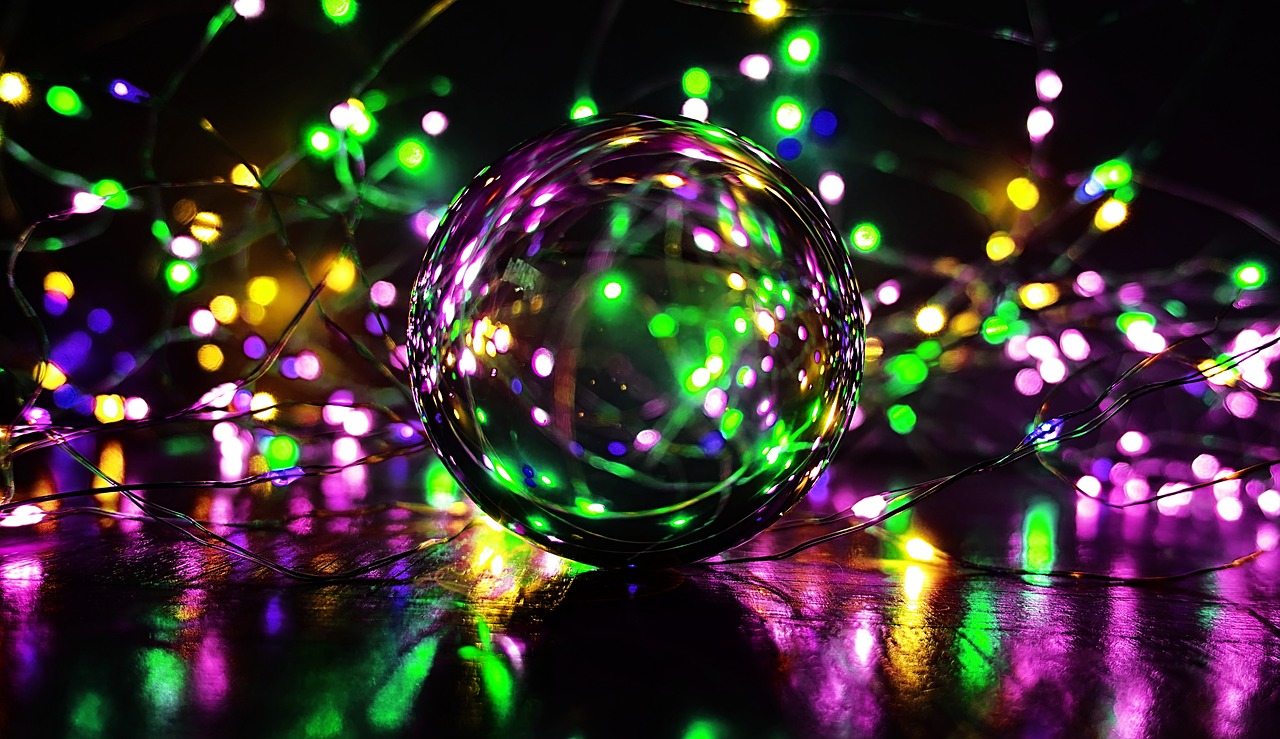Even a lay photographer knows the value of night photography. Buildings that are usually dull and mundane can appear extraordinary at night. The actual photography is the tricky part for novices. Even experienced photographers may wonder how to get the right focus and proper exposure in the dark. In a way, photographing in daytime is more challenging than at night.
What Do I Need?
You will not need much in terms of extra equipment – only a tripod and a standard camera and lens. As it’s dark, your camera will require a long shutter speed to get enough light for the right amount of exposure. You need a tripod to hold your camera steadily.
You could also benefit from a remote shutter release. Corded ones can cost as little as a few dollars. If you want extra features, you could go for an intervalometer, but it’s not necessary for standard nighttime photography.
If you find yourself without a remote for whatever reason, you can use your camera’s timer to take photos, so you don’t touch it during the exposure.
You might also need a lens hood, a flashlight, and some extra batteries. A lens hood will bring flares down to a minimum. This is important because, at night, you will have street lights, neon lights, and other bright lights coming at you from different directions.
A flashlight will come in handy in many ways. If you don’t know your controls by heart, it will help you find them. It will help you find things in your camera bag. It will also help you set up your tripod and work with attachments.
Long exposures during nighttime photography will drain your camera battery fast. Cold weather is an exacerbating factor. Night photography always calls for extra batteries. We strongly recommend these because a dead battery means no more photos that night!
We also recommend getting some apps to help you see the stars, the moon, and the Milky Way (if visible). These can prove indispensable if you want to capture the night sky. You can’t rely on good weather all the time, especially in some parts of the world.

